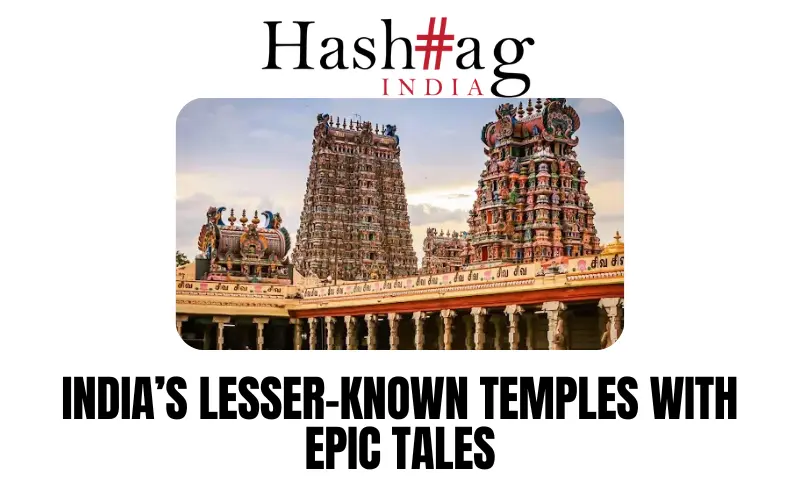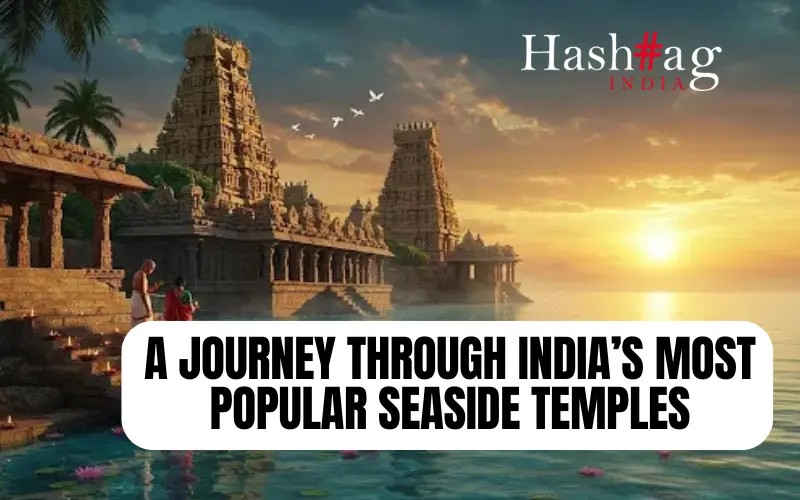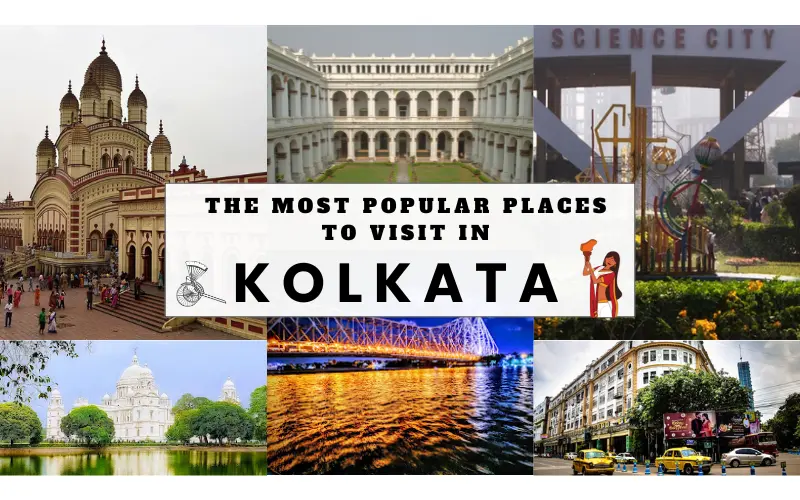India is a land of a million gods, and a million temples to house them. While the grand, iconic shrines like the Meenakshi Temple or the Sun Konark Sun temple draw millions of pilgrims and tourists, a spiritual journey through India is incomplete without venturing off the beaten path. Hidden in remote villages, nestled on hillsides, or even submerged in the sea, are temples with stories so intriguing they seem like they have leaped from the pages of mythology. DHANUSH KUMAR writes about these lesser-known temples in India with fascinating stories.
The Temple That Disappears: Stambheshwar Mahadev, Gujarat
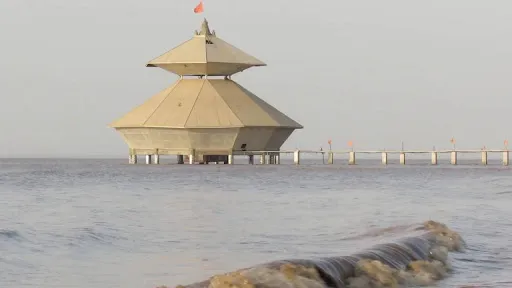
Imagine a temple that plays a cosmic game of hide-and-seek with the sea. Twice a day, at the whim of the tides, the Stambheshwar Mahadev Temple near Vadodara, Gujarat, is submerged entirely by the Arabian Sea. Locals and pilgrims flock to this site, waiting patiently for low tide when the temple re-emerges, allowing them to offer their prayers to Lord Shiva. The sight of the temple being bathed by the ocean is a truly humbling and unforgettable experience, a powerful reminder of nature’s rhythm and the enduring faith of devotees.
Where a Motorcycle is Worshipped: Om Banna Temple, Rajasthan
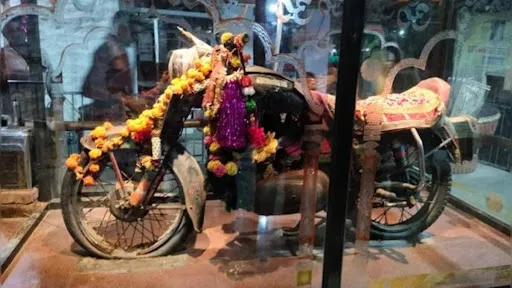
In the heart of Rajasthan, in the village of Pali, stands a shrine unlike any other. The Om Banna Temple, also known as the Bullet Baba Temple, is dedicated to a 350cc Royal Enfield Bullet motorcycle. The story goes that in 1988, a local man named Om Banna died in a motorcycle accident at this very spot. His bike was taken to the police station, only to mysteriously reappear at the accident site the next day. This happened repeatedly, and the motorcycle was eventually enshrined. Today, travellers stop here to pray to the Bullet Baba for a safe journey, a unique and modern twist on ancient beliefs.
The Village Of 108 Terracotta Temples: Maluti, Jharkhand
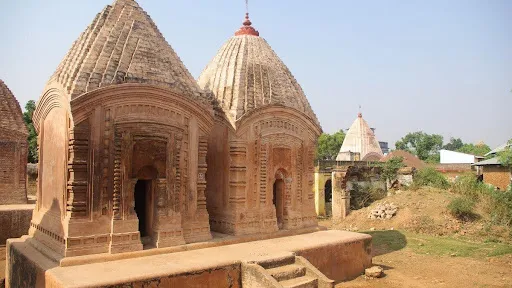
Nestled deep in the forests of Jharkhand is a village frozen in time. Maluti, once the capital of a kingdom, was home to 108 terracotta temples, built between the 17th and 19th centuries. While time and neglect have taken their toll, around 70 of these architectural wonders remain, their intricate carvings depicting scenes from the Ramayana and Mahabharata. These temples, made from baked clay, tell a silent story of a forgotten dynasty and a rich artistic tradition. Declared one of the world’s most endangered cultural heritage sites, Maluti is a powerful testament to the transient nature of power and the eternal beauty of art.
A Sanctuary Guarded by a Divine Crocodile: Ananthapura Lake Temple, Kerala

In the serene waters of a lake in Kasaragod, Kerala, lies the Ananthapura Lake Temple, believed to be the original seat of the deity of the famous Anantha Padmanabhaswamy Temple in Thiruvananthapuram. The most captivating feature of this 9th-century temple is not its architecture, but its resident guardian, a vegetarian crocodile named Babiya. The crocodile, said to be a divine messenger, has lived in the temple’s lake for decades, and its presence is considered a sacred blessing. Devotees believe that a new crocodile will appear to take Babiya’s place after it dies, continuing the temple’s mystical legacy.
The Stone Carvings of a Mythical Mountain: Unakoti, Tripura
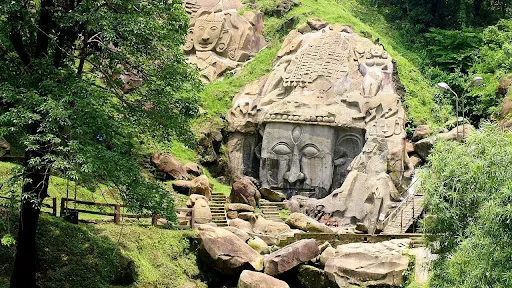
In the lush hills of Tripura, the name Unakoti translates to one less than a crore. Legend says that Lord Shiva, on his way to Kashi with a crore of gods and goddesses, stopped here for a night’s rest. He asked them to wake up before sunrise, but when he awoke, no one was ready. In his fury, he set out alone, cursing the others to become stone carvings. The result is a breathtaking collection of rock-cut sculptures and murals of gods and goddesses, the most prominent being the massive, 30-foot-high bust of Lord Shiva, the Unakotiswara Kal Bhairava. This pilgrimage site is a remarkable blend of ancient art, tribal traditions, and a captivating myth.
These temples are more than just destinations; they are portals to another time, offering a glimpse into the diverse spiritual fabric of India. They remind us that some of the most profound stories are found not in the spotlight, but in the quiet, forgotten corners of the world.

